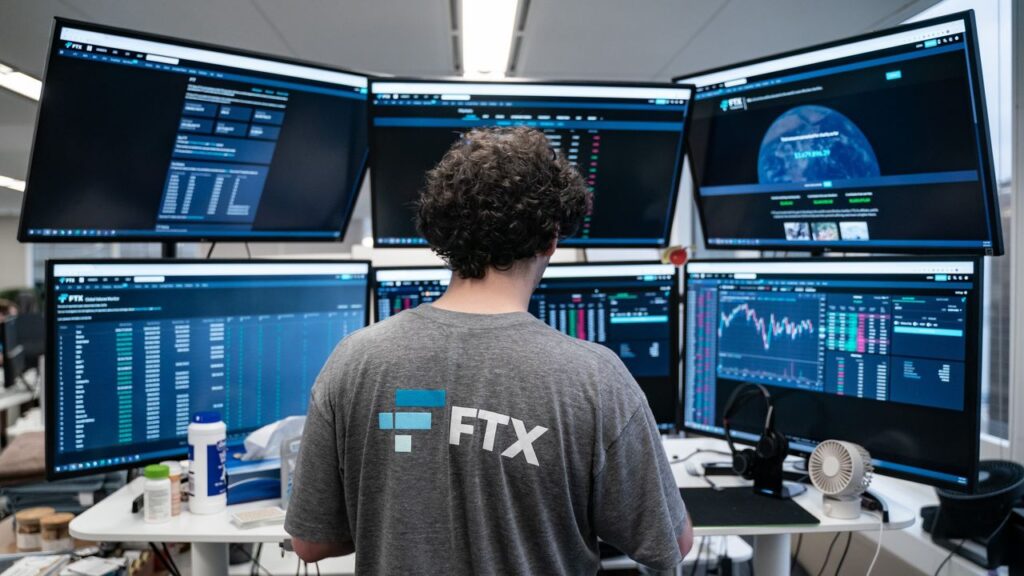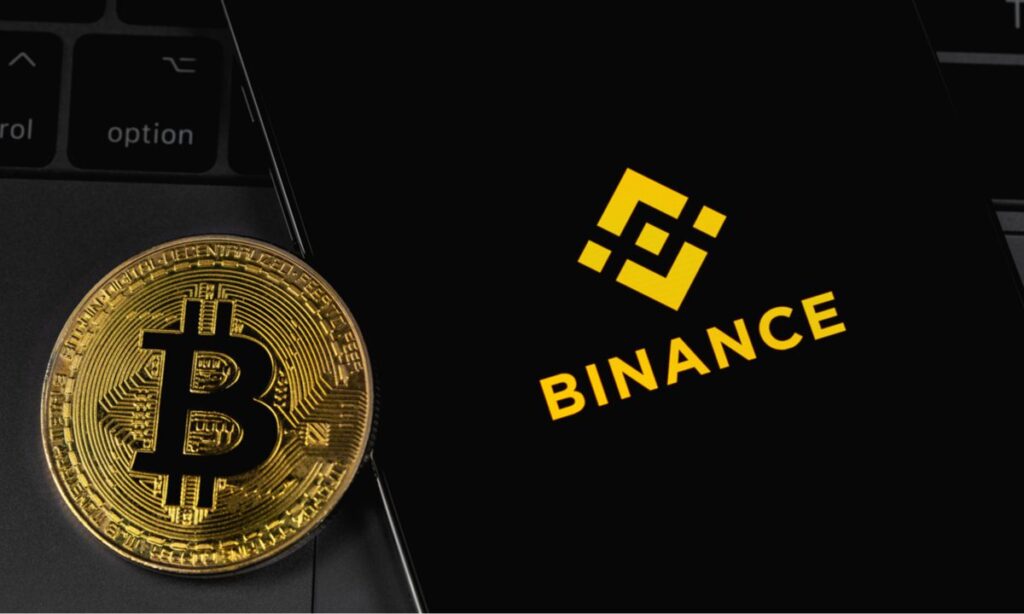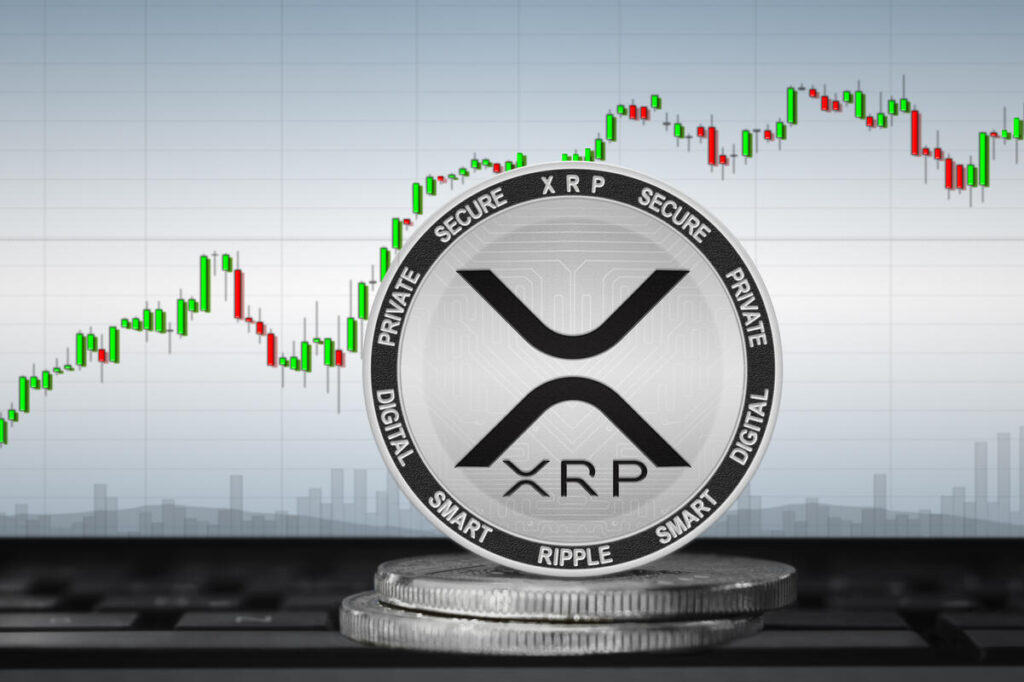In a recent letter to Binance users, Changpeng Zhao, the CEO of the popular cryptocurrency exchange, reflected on the company’s past and outlined key trends shaping the industry.
As Binance celebrated its sixth anniversary, Zhao acknowledged the challenges the company has faced over the years.
He recalled the bear market of January 2018, which followed a surge in user registrations.
Despite the market decline, Zhao emphasized the importance of prudent financial management, which the team learned during that period.
Zhao also discussed Binance’s experiences during the company’s second crypto winter. He mentioned the firm’s investments in the collapsed crypto project Terra and the bankrupt crypto exchange FTX.
Binance’s initial $3 million investment in Terra Classic (LUNC) experienced a significant increase in value, soaring to $1.6 billion before crashing close to zero in 2022.
In contrast, the company exited its investment in FTX early, more than a year before it encountered difficulties.
READ MORE:Ripple’s XRP Victory Against SEC: A Blow to Regulator’s ‘War on Crypto’
These incidents led to increased regulatory scrutiny, with Binance being associated with FTX. Zhao addressed these comparisons, stating that Binance and FTX are different entities.
He rejected the notion that they should be grouped together, drawing a parallel to investment firms on Wall Street and the infamous Madoff case.
Despite the challenges, Zhao reassured Binance users that the company remains committed to prioritizing their interests and protecting them.
Looking forward, Zhao highlighted several trends shaping the industry.
He noted that traditional finance entering the crypto space would facilitate institutional adoption, decentralized finance (DeFi) would continue to accelerate, and more people would engage with Binance’s products.
Additionally, he anticipated the growth of regulated exchanges despite current market uncertainties.
Zhao emphasized the significance of getting the regulatory landscape right, asserting that countries that do so will have a significant advantage in the future.
He believes that we are at a pivotal moment in history, where the decisions made now will have far-reaching consequences for centuries to come.
In conclusion, Changpeng Zhao’s letter to Binance users reflected on the company’s journey, highlighting the lessons learned from past challenges.
He also outlined key trends in the industry, emphasizing the importance of regulatory clarity and the potential for transformative shifts in the financial landscape.
Despite the obstacles, Binance remains focused on its users and committed to their protection.
Other Stories:
Worldcoin’s World ID Project Surpasses 2 Million Users
Monochrome Asset Management Proposes Bitcoin ETF on ASX
OpenAI Faces FTC Investigation Over Privacy and Data Practices










